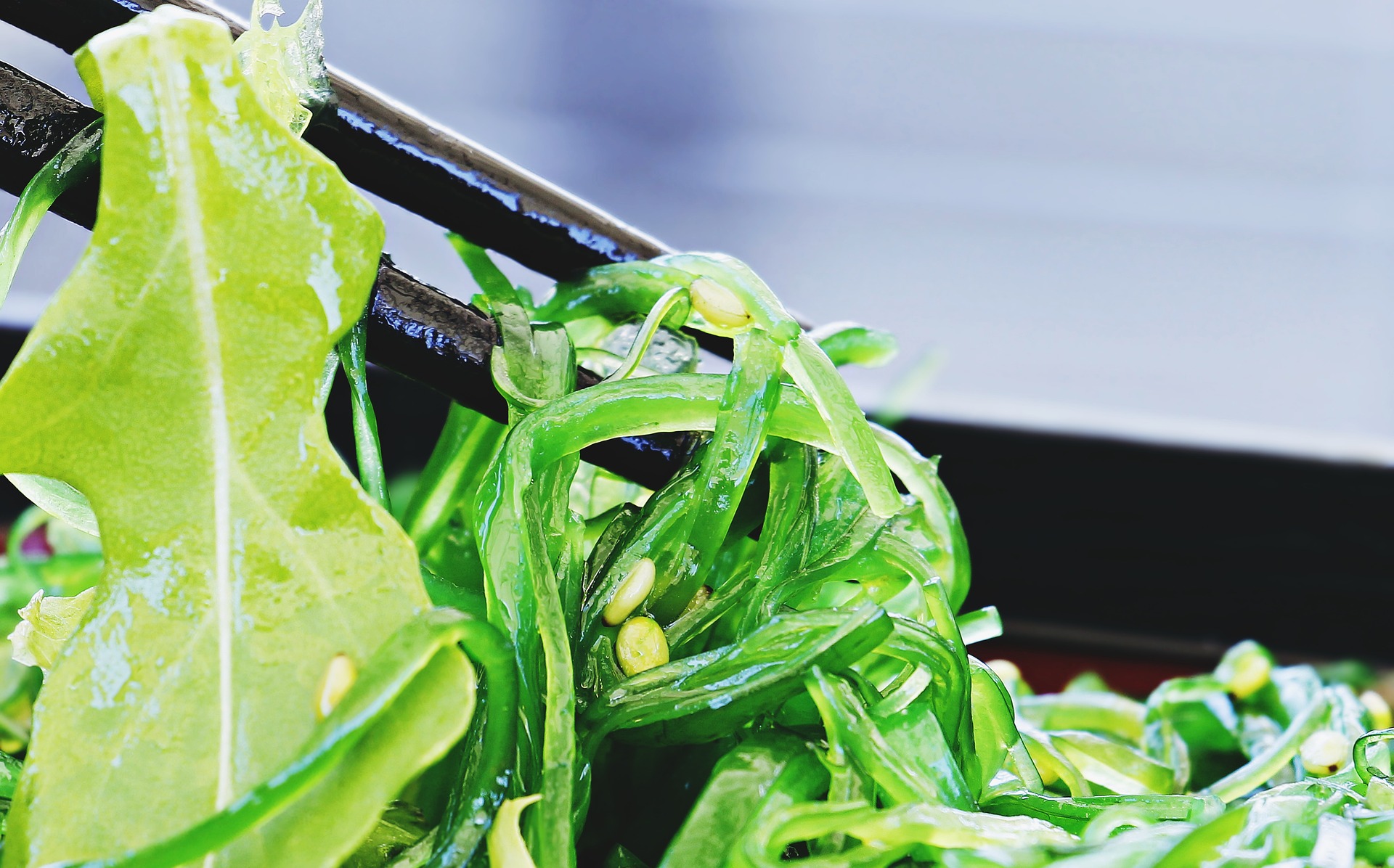
Ōtautahi – Nutritious and fast-growing, algae already has a following as an alternative protein among health fanatics. A new generation of sustainable fashion start-ups want people to wear it too.
The New Zealand fashion industry produces millions of garments annually. Most ends up in landfills or clogging rivers and beaches in developing countries. Only a fraction are ever recycled.
Fashion is responsible for up to 10 percent of humanity’s emissions of planet-warming carbon dioxide, more than international air travel and shipping combined.
Tackling the problem means thinking not just about where castoffs end up, but about how clothes are made. Synthetic textiles like polyester, the cheapest and most disposable of all, are made from fossil fuels. The dyes used to imbue fabrics with that inky black are derived from crude oil.
Overseas, some designers have set about designing items such as raincoats made from seaweed, which absorbs carbon instead.
About 60 percent of clothes are fossil fuels but with some imagination, it’s possible to do for fashion what electrification is doing for cars.
From hemp to fungus, eucalyptus to bamboo, a growing number of startups are looking to nature for just those kinds of solutions.
Algae is already being used in biofuels, as a sustainable plant-based protein, to make bioplastics—and now in fashion.
It’s attracting particular attention because it’s fast and cheap to grow, doesn’t need much water and sucks carbon dioxide from the air. Photosynthesising aquatic organisms produce about 70 percent of the oxygen in the atmosphere, more than all forests combined. That means algae is not just less bad for the climate, it’s potentially positive.
Some start-ups are looking at developing algae-based yarn. The surge in demand is driven by economic realities.
Younger consumers are more environmentally-aware than ever and that’s changing spending habits. The second hand clothing market is now growing faster globally than the overall apparel market. And the rise of environmental, social and corporate governance (ESG) investing is putting pressure on manufacturers and retailers to clean up their acts.
Algae can be grown vertically in a closed loop, solar-powered system on land that can’t be used for conventional agriculture. It requires 80 percent less water than cotton, and no pesticides, to grow. It also avoids the chemicals used to process wool or make commercial dyes.
The United Nations says it takes more than 7570 litres of water to make one pair of jeans. Textile dyeing alone is the second biggest polluter of water globally. And in contrast with polyester, which doesn’t decompose and ends up in the food chain as microplastics, Algaeing’s products are biodegradable and non-toxic.
A British company, Vollebak, sells t-shirts woven from hemp and coloured with algae that can eventually be tossed on the household compost heap or buried in the garden, decomposing within weeks.

